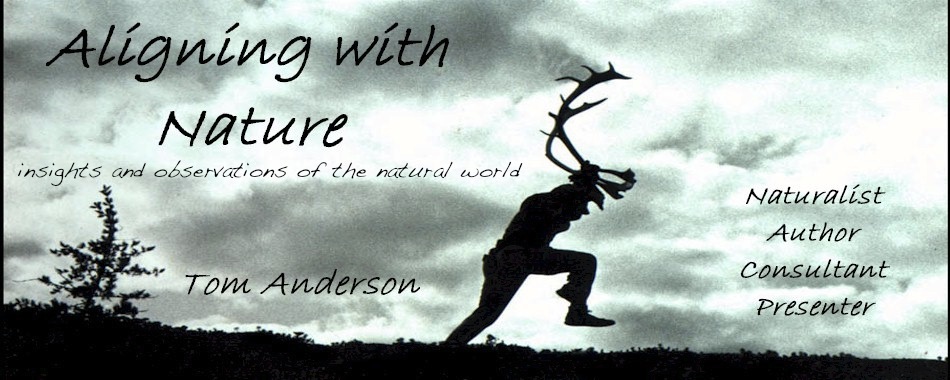What is wild?

“Beauty burns a hole in my heart and passion quickly fills it.
-from my journal entry in Sept. 2016
My gaze floats up the steep mountainside through the morning fog. Near the top of a high ridge, thick spruce, fir and hemlock wear fresh snow coats. I find contentment in a wild summit on the Olympic Peninsula in Washington State.
But if I pull my gaze downslope it settles uncomfortably on a mountain lake that is shouldered with cabins and second homes. They are perched directly on the shore, so close that the still waters of the lake reflect a precise doubling of cabins and homes. And so many docks, like teeth on a comb, barricade the shoreline’s sensuous curves.

I am grateful it is February and not August when many of those docks will harbor loud, growling watercraft. And yes, some will hold silent human-propelled craft such as kayaks, paddleboards and canoes.
I turn to put the sullied shoreline behind me. I walk uphill on a narrow paved access road to the highway that parallels the lake. Between the back and forthing of logging trucks I hurry across and climb upwards through the wet snow to find mute company among a slope covered with thick conifers.
As I meander uphill, I feel the torment of my inner-Scrooge that chastises overdevelopment of lakeshores and urban encroachment on wild lands. I understand that fond memories and even a love for the outdoors will be cemented on the lake below me where families gather from their urban homes. If you can fold smiles and laughter into any outdoor experience the outing is likely to instill a love for such places. But it troubles me that we keep pushing ourselves further and further into what little wild remains.
As I climb, I wonder “What is wild?”
Defining “wild” is foggy at best. It lacks clear definition because each of us carries our own set of parameters. For the child and even adult standing on a summer cabin dock “wild” might be found in the passing of an overhead eagle or convoy of wild geese.
As a kid, we lived in the small town of North Branch, Minnesota until I was in third grade. One block west of our house was a shaggy, overgrown tangle of grasses and thickets. We called that corner of the block, at the edge of downtown, “the grassy green jungle.” At that point in my life it was wild. As I aged the idea of wild moved further out to the creek that swung through the north edge of town.
A bicycle gave me more freedom to range out and discover new wild areas. Then a driver’s license allowed even greater exploration. And finally, aircraft, particularly small planes on floats carried me well beyond roads.
Nearly in my seventh decade, I have found myself pining more and more for remote wild places well beyond roads, cities, and even phalanxes of cabins. Nothing elicits a quicker scowl than when I find a wild place tainted by a single scrap of human litter or the scar of a saw cut. It doesn’t matter if the cut is recent or old. Pristine is nearly impossible to find unless you minimize the idea of vast.
I have had many experiences in primal wilderness. From high in the Andes Mountains to the High Arctic. I have discovered my spiritual balm. And those experiences, combined with having the opportunity to live in a rural setting, have only raised my personal bar on what constitutes a sojourn into solitude. I’m embarrassed at my high standard of wildness when discussing the ideas of tamed and untamed settings with others. I often have to scold myself to remember that we all start somewhere when it comes to falling in love with the natural world.
Gordon Hempton is an acoustic ecologist who has traveled widely around the world recording natural sounds. He has won many accolades including an Emmy Award. He is the author of One Square Inch of Silence. The book underscores the urgent need to protect our few remaining silent havens from noise pollution. Using a delicate sound device that measures decibels, he found that the most quiet place in America was in the temperate rainforest in the Hoh Valley, in Olympic National Park, just over 14 miles due south of where I stood. I wondered how long it would take me to bushwhack up and down over high ridges and valleys to sink into such an honorably mute place?
Instead I climbed higher up the steep ridge and under the thick coniferous canopy. I can no longer hear the hurrying logging trucks. Laying in the snow is a lovely clump of lungwort lichens that have fallen from an overhead conifer. The lichen prefers shade and high humidity and is a good indicator of air and water quality.
I pause to look it over. The bright green leaf-like appearance resembles lettuce. My guess is that the saturated lichen grew too heavy with water and tore away from its arboreal perch. The green-on -white specimen arrests my gaze and offers a close look that would have been unobtainable before it dropped to the ground.

The lungwort is my model. To thrive, I need a certain level of pristine wildness where I can find unfettered quietude to focus on what is really important in my life. Visiting primal stillness soothes me and fills me with a contentment I can find nowhere else. Just to know that such places still exist, far from the thrum of human civilization calms me. Without such places to feed and anchor me a part of me dies and is lost to the noise.

